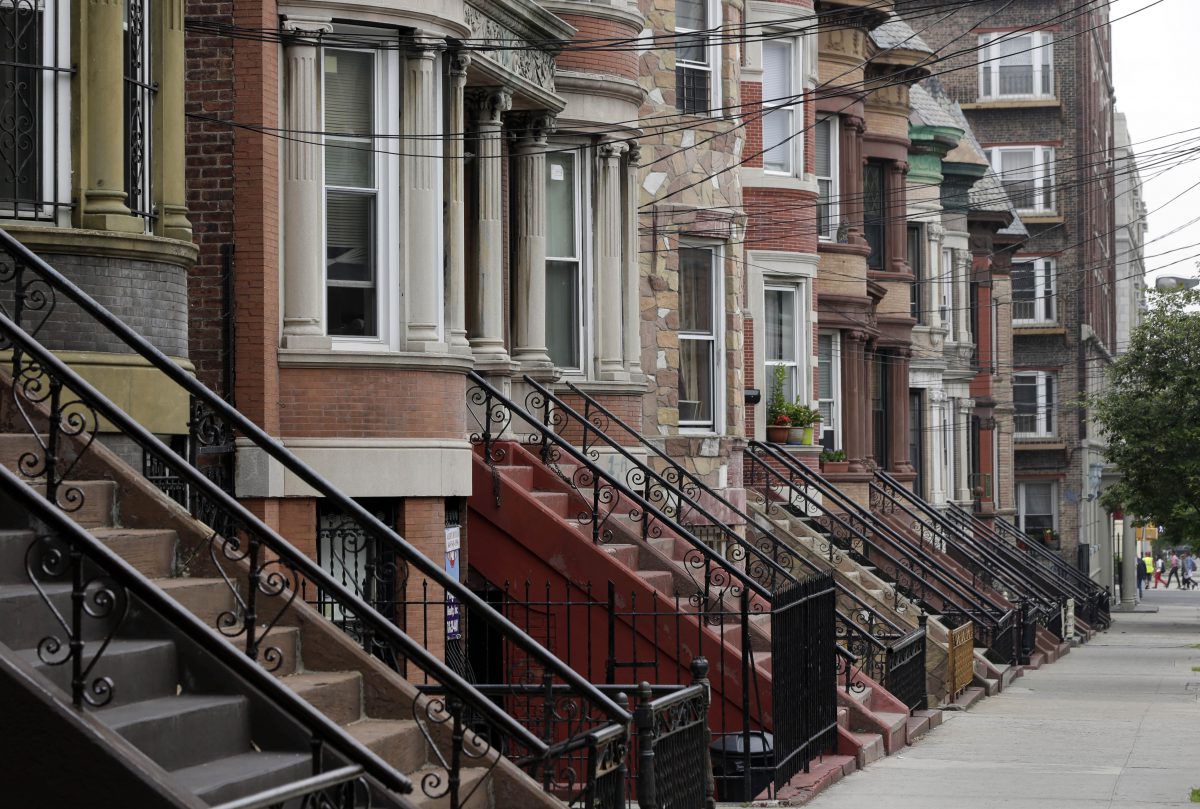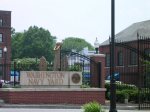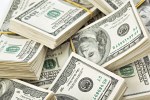The stock market may be experiencing record highs, but for those on Main Street, their lot has not much improved, according to the latest survey report by the Census Bureau.
Videos by Rare
“[R]eal median household income and the poverty rate were not statistically different from the previous year, while the percentage of people without health insurance coverage decreased,” the Census Bureau announced Tuesday.
Median income for 2012 was $51,017 and the poverty rate was 15 percent, meaning 46.5 million people lived at or below the poverty line during this past year.
“We are not where we want to be yet,” Treasury Secretary Jack Lew said at the Economic Club of Washington, D.C. Tuesday, before the census report came out. “Too many Americans cannot find work. Growth is not fast enough. And the very definition of what it means to be middle class is being undercut by trends in our economy that must be addressed.”
One alarming number is the number of young adults still living at home. As of spring 2013, 10.1 million young adults, age 25-34, still live at home.
“The latest poverty numbers present unwelcome news for President Barack Obama as he seeks credit for an economic turnaround after the 2007-2009 recession. He said Monday that congressional Republicans would reverse recent economic gains if they took uncompromising stands in connection with looming budget deadlines,” the Washington Post writes.
The Census Bureau numbers were met with a Congressional Budget Office report that warned of the “unsustainable” course of the federal budget.
“[T]he pressures of an aging population, rising health care costs, and an expansion of federal subsidies for health insurance would cause spending for some of the largest federal programs to increase relative to GDP,” the report says.
(Read Related: CBO warning: Federal budget course “unsustainable”)
Still, the persistent levels of poverty are troubling.
“This lack of improvement in poverty is disappointing and discouraging,” John Iceland, a former Census Bureau chief of the poverty and health statistics branch, told the Washington Post. “This lack of progress in poverty indicates that these small improvements in the economy are not yet being equally shared by all.”
As Americans leave the work force in droves and unemployment remains sticky, more Americans now are self-identifying as “low class.”
A new survey this week revealed that more Americans consider themselves low class.
“Last year, a record 8.4% of Americans put themselves in that category — more than at any other time in the four decades that the question has been asked,” the L.A. Times reports.
“The feeling is that things are not likely to get better any time soon,” Michael Zweig, director of the Center for Study of Working Class Life at Stony Brook University, told the L.A. Times.
Related articles
- The Typical American Family Makes Less Than It Did In 1989 (washingtonpost.com)
- Census: Poverty Still Historically High As Median Incomes Remain Stagnant (news.firedoglake.com)



